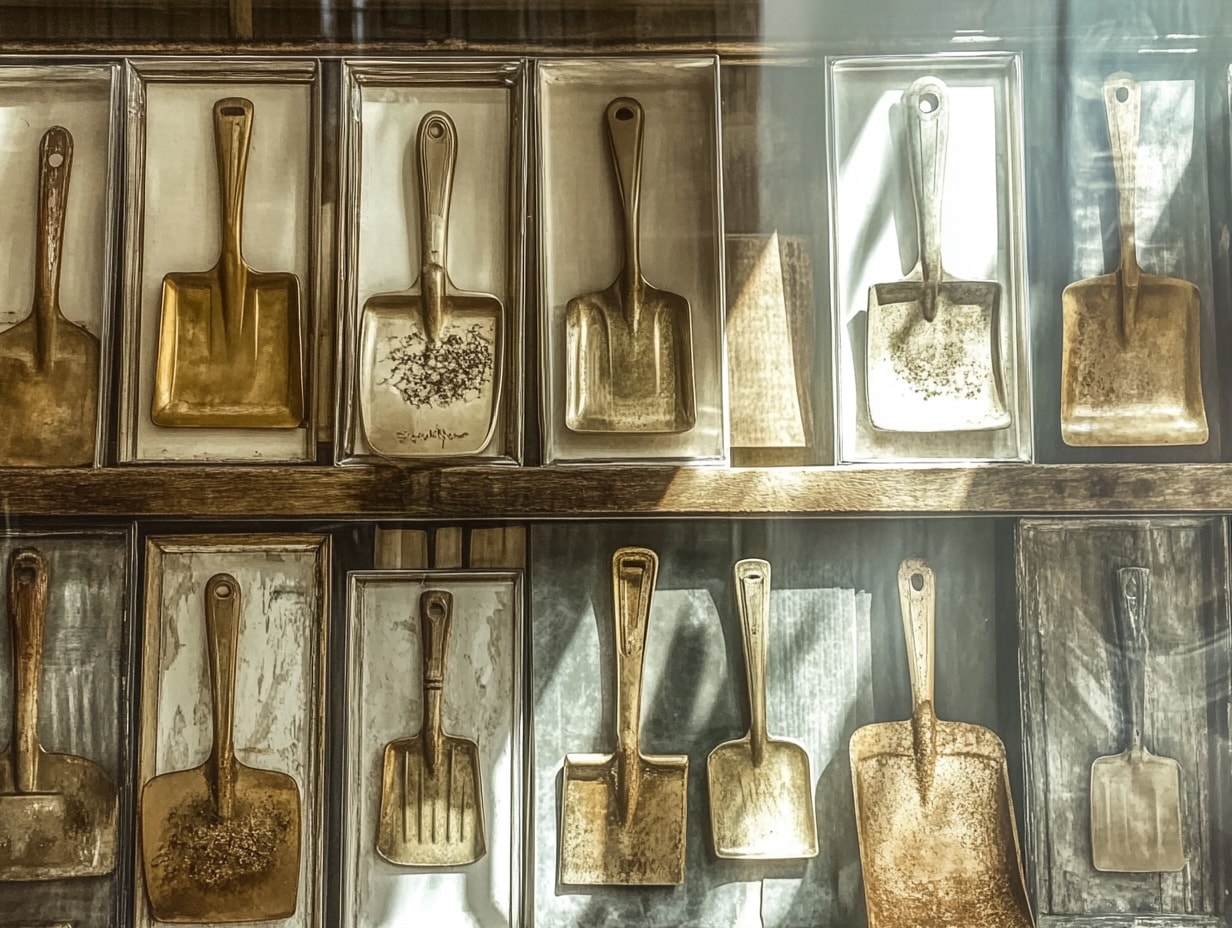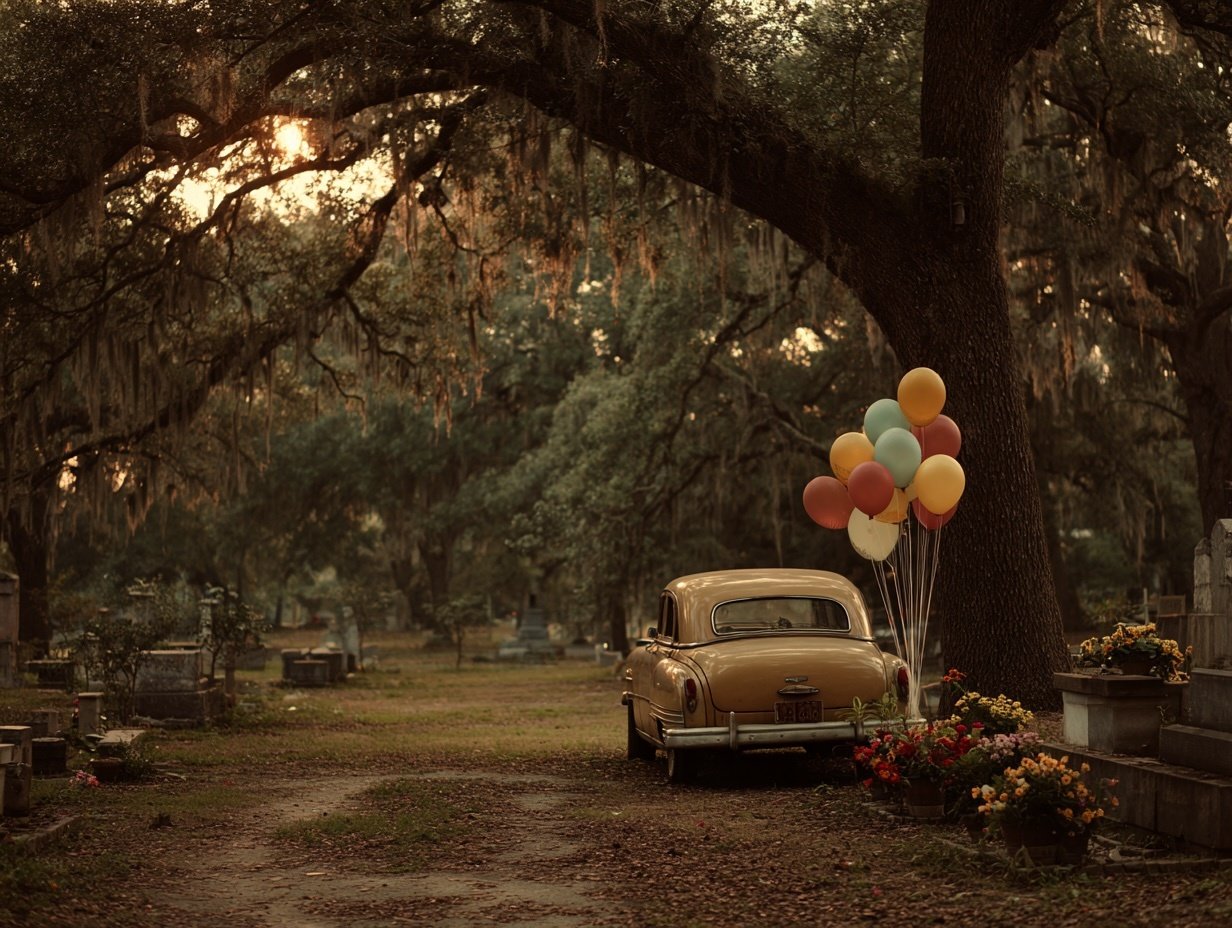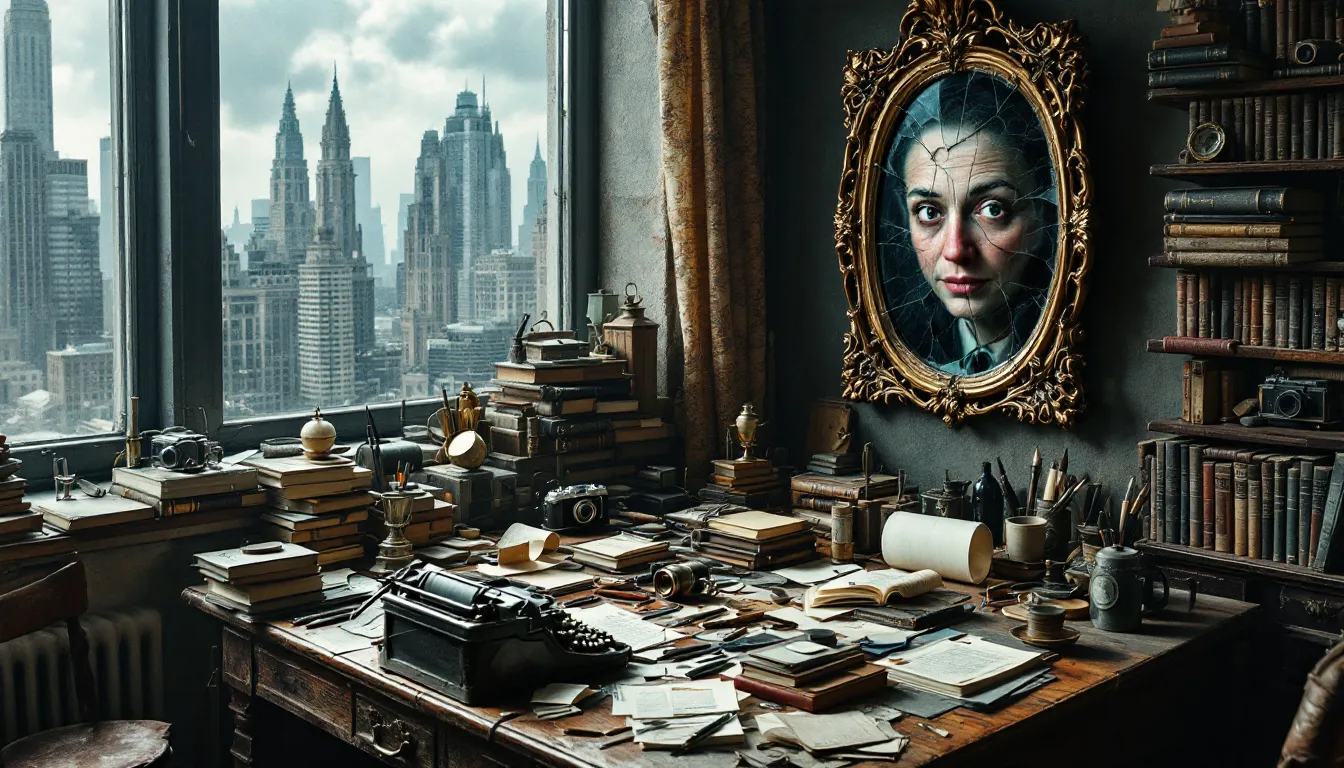
Mastering the Art of Experimental Fiction: Techniques and Insights
Experimental fiction breaks away from traditional storytelling, using innovative techniques to challenge and engage readers. This article explores what makes fiction experimental, its historical roots, iconic examples, and key techniques used by writers. Dive in to understand the unique features and impact of this dynamic literary genre.
Key Takeaways
-
Experimental fiction challenges traditional narrative structures, encouraging readers to engage with non-linear and innovative storytelling techniques.
-
Iconic works like ‘House of Leaves’ and ‘The Raw Shark Texts’ exemplify unique narrative styles that invite readers to actively participate and interpret meaning.
-
Contemporary experimental fiction incorporates multimedia elements and cross-genre works, expanding the boundaries of storytelling and engaging diverse audiences.
Defining Experimental Fiction

Experimental fiction is a literary form that breaks away from traditional narrative structures and conventions, pushing the boundaries of storytelling. This genre is marked by its unconventional narrative structures, innovative use of language, and non-linear storytelling. It challenges readers to question what constitutes a story, encouraging them to explore new forms of narrative.
Grasping these characteristics helps appreciate the complexity and uniqueness of experimental fiction in the literary landscape.
What Makes Fiction Experimental?
Experimental fiction significantly deviates from established literary norms in structural, formatting, or methodological aspects. This genre employs techniques such as fragmented narratives, absurdity, and innovative language to challenge readers’ perceptions. Writers of experimental fiction aim to subvert established literary norms, breaking free from traditional narrative constraints to offer fresh, thought-provoking experiences.
Historical Roots of Experimental Fiction
The roots of experimental fiction can be traced back to early works like ‘Don Quixote’, which introduced complex narratives and innovative storytelling techniques. Bram Stoker’s ‘Dracula’, with its epistolary format, is another early example that challenged traditional narrative conventions.
These pioneering works laid the groundwork for the experimental literature we see today.
Iconic Examples of Experimental Fiction
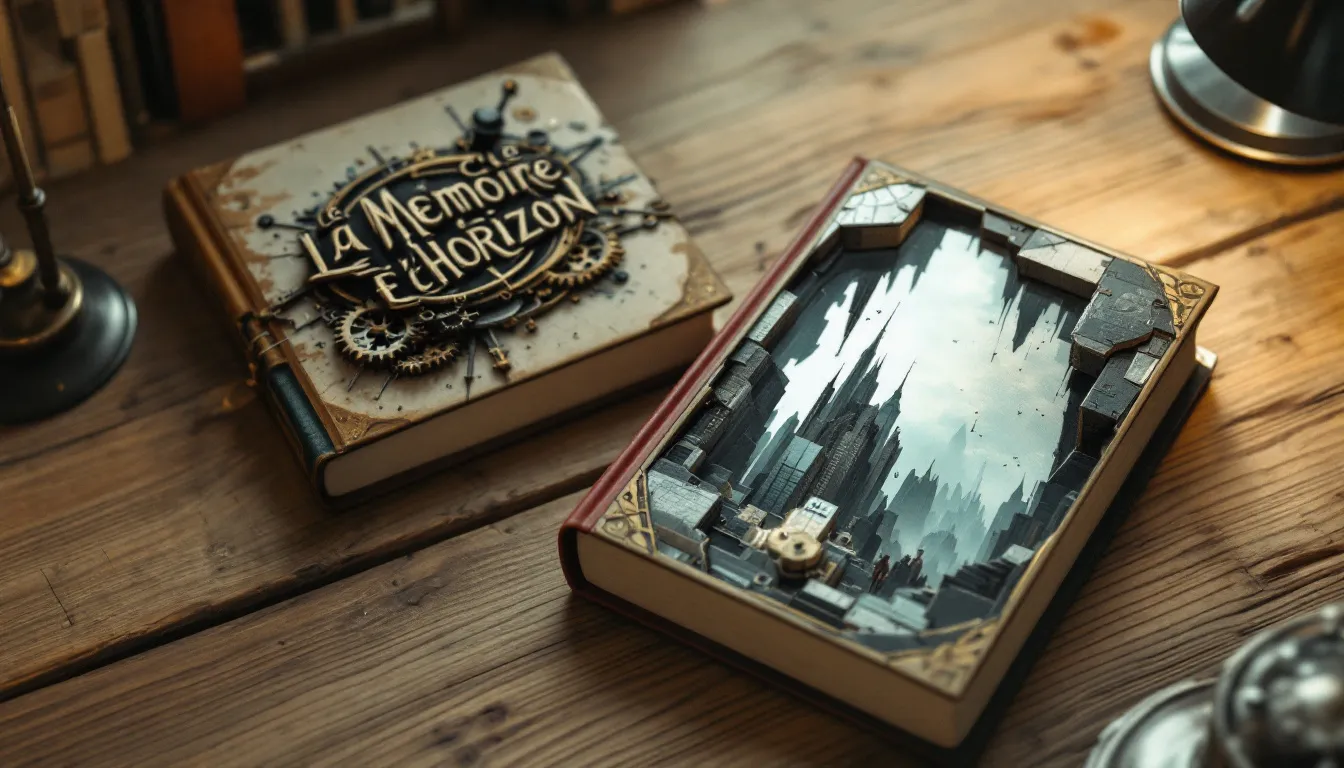
The literary world has been graced with numerous examples of experimental fiction, each pushing the boundaries of storytelling in unique ways. Notable works include ‘The Raw Shark Texts’, ‘House of Leaves’, and ‘If on a Winter’s Night a Traveler’. These novels exemplify the experimental form, each offering a distinct narrative style that challenges readers’ expectations.
The Raw Shark Texts: A Conceptual Journey
In ‘The Raw Shark Texts’, Eric Sanderson embarks on a journey through a world where words can become conceptual entities, such as a shark made of text. This novel engages readers with its unique conceptual elements, making them part of a thought-provoking and immersive experience.
House of Leaves: A Labyrinthine Narrative
‘House of Leaves’ by Mark Z. Danielewski stands out for its complex structure and critique of academic writing. The novel features multiple interwoven narratives and unconventional typography, enhancing themes of disorientation and fragmentation. Danielewski’s use of nested narratives and footnotes disrupts the main story, adding layers of information and contributing to a chaotic reading experience.
The innovative text layout, including backwards and spiral text, creates a physical sense of unease in readers, reflecting postmodern themes of fragmented identities and unstable realities.
If on a Winter's Night a Traveler: A Reader's Adventure
Italo Calvino’s ‘If on a Winter’s Night a Traveler’ is distinguished by its meta-narrative, engaging readers in a dialogue about storytelling and the reading experience. The novel employs a second-person narrative, drawing readers into the story as ‘You’, and features a fragmented structure with each chapter presenting a different unfinished story.
Purposes and Goals of Experimental Fiction
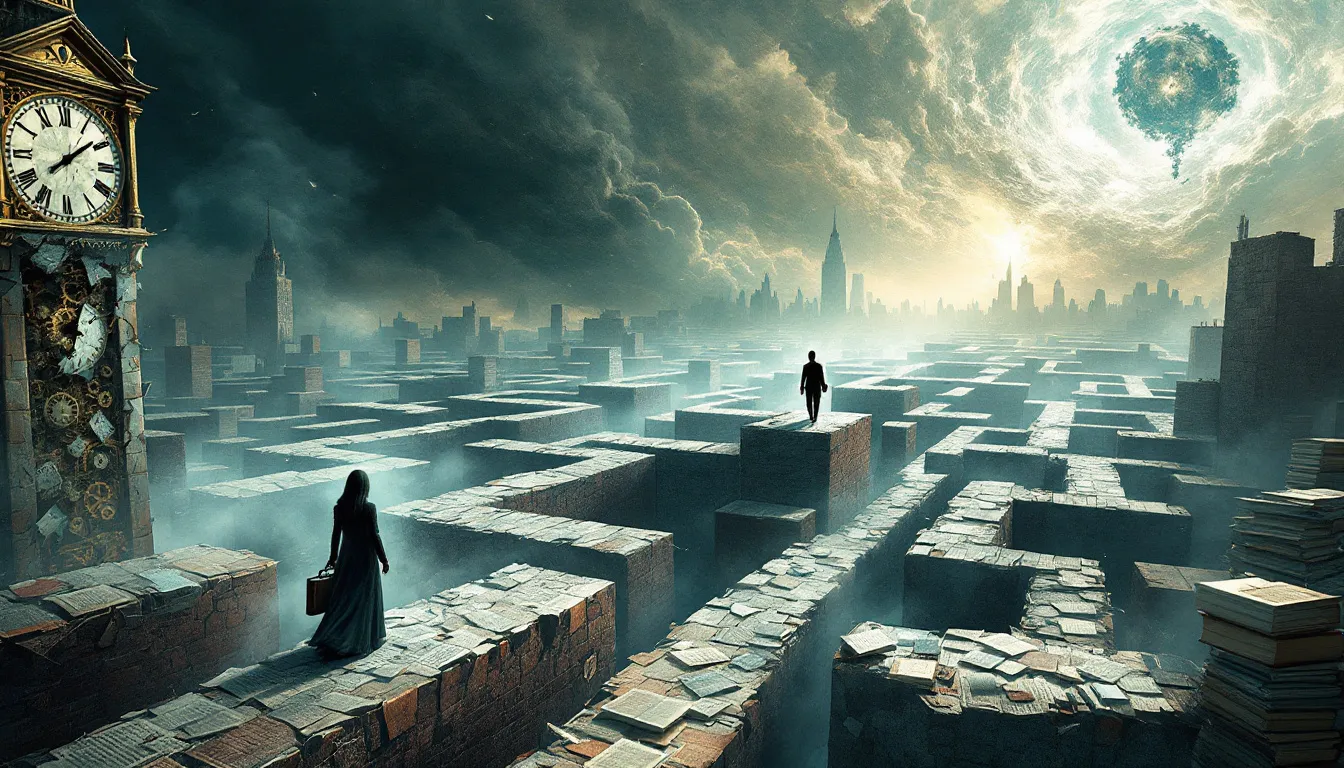
The primary goal of experimental fiction is to draw attention to the processes involved in reading, writing, and literature. It pushes beyond conventional literary boundaries, often prioritizing innovation and discomfort over traditional storytelling. Readers of experimental fiction actively participate in constructing meaning, contrasting with traditional narratives where interpretation is often straightforward.
Contemporary experimental fiction also incorporates social justice themes, reflecting current cultural and political issues. We can examine how these purposes manifest specifically.
Challenging Norms and Expectations
Experimental writing often incorporates unique narrative strategies, such as non-linear timelines or fragmented storytelling, to challenge readers’ expectations. These techniques evoke different emotional responses and encourage readers to question their perceptions and beliefs. By breaking away from traditional storytelling, experimental fiction stimulates critical thinking and fosters profound intellectual engagement.
Engaging with Metafiction and Self-Reflection
Engaging with metafiction and self-reflection, experimental literature explores themes of reality and narrative construction. Works like Mary Shelley’s ‘Frankenstein’ challenge the notion of a singular truth, while ‘The Raw Shark Texts’ examines the subjective formulation of reality.
Authors often employ unconventional syntax or invented dialects to evoke specific emotions and immerse readers in the narrative world.
Techniques in Experimental Writing

Experimental fiction often diverges dramatically from traditional narratives, focusing on structural and methodological innovations. Writers use a variety of techniques to create unique and engaging experiences, from manipulating form and structure to innovative uses of language and visual elements. These techniques not only enhance creativity but also help overcome obstacles like writer’s block.
Playing with Form and Structure
Writers frequently manipulate traditional structures, like chapters and paragraphs, to create surprise and enhance the reading journey. Altering the format of a story stimulates creativity and reveals insights that standard narratives might overlook.
Experimental literature often includes unconventional page layouts, typography variations, or even illustrations that complement the text to deepen engagement, highlighting its experimental nature.
Innovative Uses of Language
Experimental authors frequently play with syntax and semantics to produce new meanings and enhance the text’s impact. Playful manipulation of language invites readers to engage in deeper interpretations.
Works in experimental fiction often incorporate self-referential elements, prompting readers to question the boundary between fiction and reality. Mixing genres, such as blending fiction with poetry and non-fiction, also creates unique narratives that challenge conventional literary categories.
Visual and Physical Elements in Books
The use of unique typography and illustrations in experimental fiction enhances engagement by adding a visual dimension to the reading experience. These elements can profoundly alter a reader’s interaction with the text, making the physical book an integral part of the storytelling process.
For example, ‘The Raw Shark Texts’ visually represents a moving shark made of printed text, adding a layer of conceptual depth to the narrative.
The Role of Readers in Experimental Fiction
Experimental fiction invites readers to become co-creators of the story, requiring them to piece together fragmented narratives. This interactive nature transforms the reading experience from passive absorption to active participation. These works provoke thought and evoke strong feelings, eliciting both emotional and intellectual responses from readers.
Interactive and Immersive Reading Experiences
One key objective of experimental fiction is to encourage readers to actively engage with the text, fostering a deeper understanding of literary conventions. By assembling fragmented narratives, readers become participants in the storytelling process.
The unique format of Calvino’s novel, intertwining the reader’s experience with the narrative structure, exemplifies this interactive nature. Digital narratives with hyperlinks and interactive features further enhance reader engagement.
Emotional and Intellectual Impact on Readers
Experimental fiction evokes strong feelings and prompts reflection, presenting non-linear narratives that challenge readers to deduce connections and meanings. The fragments in these works require readers to actively piece together the story, enhancing their emotional and intellectual engagement.
This engagement challenges perceptions of what literature can achieve, making the reading list experience more enriching.
Contemporary Trends in Experimental Fiction
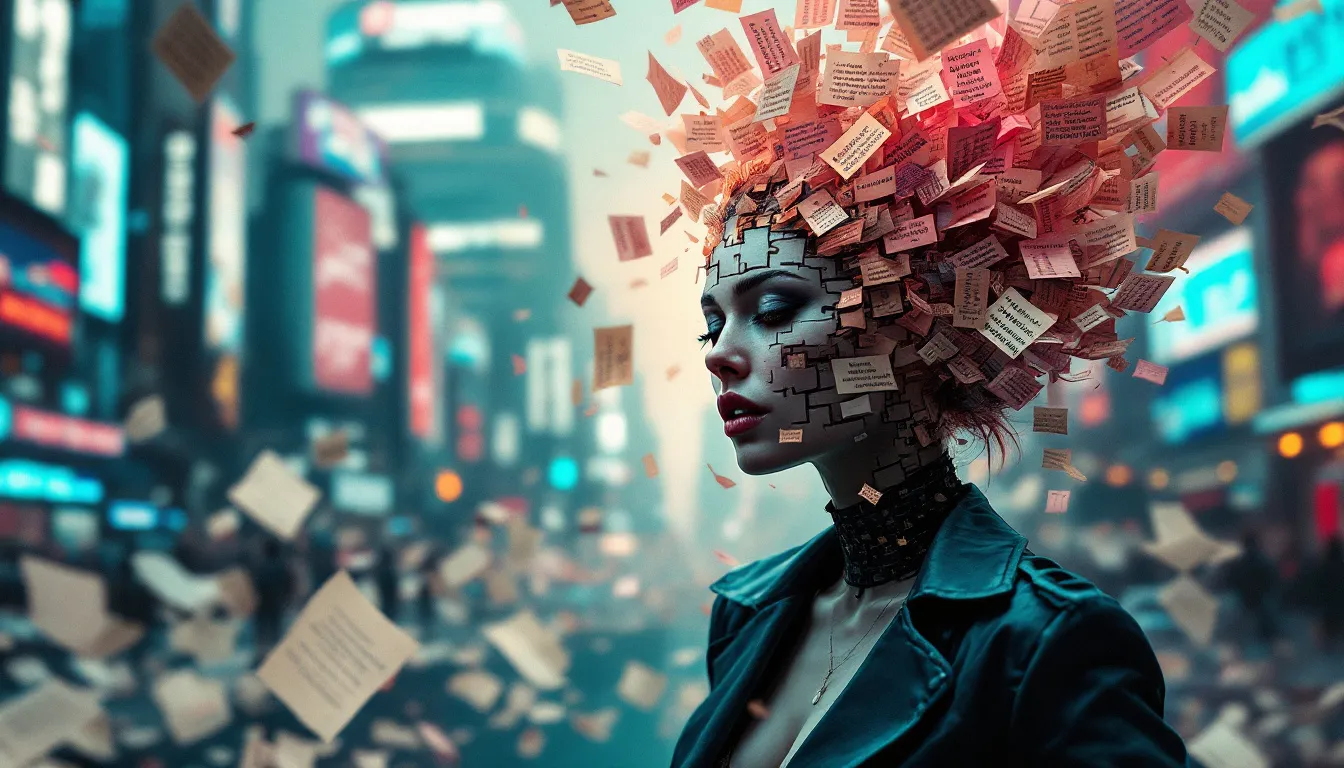
The classification of a work as experimental is often context-dependent, meaning what is seen as innovative now may become standard in the future. Current trends in experimental fiction include the integration of multimedia elements and cross-genre works. These trends broaden the scope and reach of storytelling, creating hybrid works that challenge conventional classifications and engage diverse audiences.
Digital and Multimedia Experiments
The integration of multimedia elements in experimental fiction has broadened the scope and reach of storytelling, allowing for innovative narratives. Visual and physical aspects in books enhance the aesthetic experience of readers and other media, creating a more immersive environment that transcends traditional text.
The rise of digital platforms enables these cross-genre and multimedia innovations to reach a broader audience, expanding the impact of experimental fiction.
Cross-Genre and Hybrid Works
Experimental narratives can allow readers to choose their pathways through the text, fostering a sense of co-creation. Writing in a different language can offer novel perspectives and stylistic shifts that enhance a writer’s creative process.
Modern experimental writers often create cross-genre and hybrid works that defy easy categorization, blending various mediums and forms to produce fresh and unexpected results.
Creating Your Own Experimental Work
Experimental fiction invites writers to embrace their creativity, challenging them to take risks and break free from traditional writing conventions. Writers should continuously explore new ways to express their ideas, be open to unconventional methods, and allow their imagination to guide their writing.
To stand out in experimental fiction, cultivating a distinctive voice and style that reflects individuality and artistic vision is crucial. Let’s delve into specific strategies for creating your own experimental work.
Embracing Creativity and Breaking Rules
Writers of experimental fiction aim to challenge norms and expectations, prompting readers to reconsider traditional storytelling techniques and the stories that emerge from them. Techniques such as altering traditional narrative structures can create unique and engaging reading experiences in bizarro fiction, much like those crafted by other writers who write.
Aspiring writers are encouraged to take risks in their writing, exploring unconventional forms and perspectives to convey deeper meanings and enhance reader engagement in this writer’s guide.
Developing a Unique Voice and Style
Embracing creativity and breaking traditional rules is essential for writers seeking to develop a distinctive voice in their experimental work. Experimenting with form and structure allows writers to create unique reading experiences that set their work apart from conventional narratives.
The combination of originality, structural experimentation, and innovative language usage creates a powerful synergy that defines a writer’s unique style in experimental fiction.
Summary
Throughout this journey into the world of experimental fiction, we’ve explored its defining characteristics, historical roots, iconic examples, and contemporary trends. We’ve seen how this genre challenges norms, engages with metafiction, and employs innovative techniques to create immersive and intellectually stimulating experiences. For writers, embracing creativity and developing a unique voice are key to creating impactful experimental work. As readers, the interactive nature of experimental fiction invites us to become co-creators, making each reading experience unique and profound. Let this inspire you to dive deeper into the world of experimental literature, whether as a writer or an avid reader.
Frequently Asked Questions
What is experimental fiction?
Experimental fiction boldly breaks away from traditional storytelling, inviting readers to engage with fragmented narratives and innovative language. Embrace it for a unique literary adventure that challenges and expands your understanding of what a story can be!
What are some iconic examples of experimental fiction?
Some iconic examples of experimental fiction are 'The Raw Shark Texts', 'House of Leaves', and 'If on a Winter's Night a Traveler', all of which push narrative boundaries and captivate readers with their creativity. Dive into these works to experience storytelling like never before!
What are the main purposes of experimental fiction?
Experimental fiction serves to challenge traditional literary boundaries and actively involve readers in meaning-making, often highlighting important social justice themes. Embrace this innovative genre to expand your understanding and connection with literature!
How does experimental fiction engage readers differently from traditional fiction?
Experimental fiction demands your active engagement, turning reading into a dynamic experience where you must piece together fragmented narratives. Embrace this challenge, and you'll find it provokes deeper thoughts and emotions!
How can writers create their own experimental fiction?
To create your own experimental fiction, embrace your creativity and take bold risks by breaking away from traditional conventions. Focus on developing a unique voice, experimenting with form, and using innovative language to craft a truly distinctive narrative.


